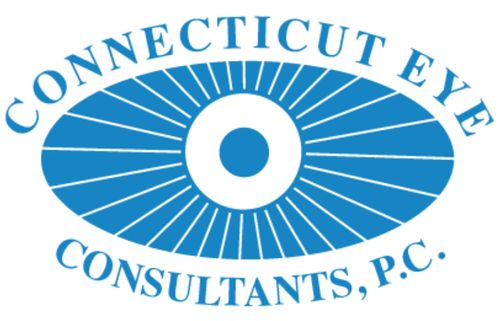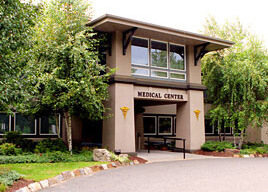Cataract development is a gradual process and can sneak up on you. When cataracts start developing, it could take years before your eyesight changes.
This is fine as your cataracts don’t need treatment until they impact your vision. It makes the most sense to keep an eye on your cataracts, so you know when it’s time to remove them. Here are some things to watch out for!
Blurry Vision
Cataracts form on the lens of the eye and block light. This is a gradual process, but it ends with losing your visual acuity. This may start as a few blurry spots. Eventually, these blurry spots become noticeable and begin hurting your vision.
Prescription Changes
With blurry vision comes changes to your prescription. This is obvious if it seems like your glasses or contacts aren’t helping you see. If you think that your prescription has changed, an eye exam is a good time to bring up your vision changes.
Your eye doctor can also examine your eyes to see if you have signs of cataracts. You can set up an appointment with Danbury Eye in Danbury, CT to get top cataract advice.
Sensitivity to Light
Sunlight or bright lamps may cause pain and headaches when you have cataracts. If you notice that you are squinting more often than you used to, cataracts may be the culprit.
If the sensitivity also comes with glare during the day and at night, get it checked out! These are common signs of cataracts.
Poor Night Vision
During early development of cataracts, you may notice your vision at night worsens. Your vision during the day could also worsen, but it’s harder to tell in natural light. Part of this is due to cataracts dimming your vision or making it yellow tinted.
If you are driving at night, it may become more difficult to see words on signs. This could be dangerous, especially if you can’t see pedestrians! If you suspect that you have cataracts, stop driving!
You are more likely to hurt yourself or someone else if you drive impaired by your cataracts. If you’ve reached this point, you should see your eye doctor for cataract surgery as soon as possible!
Glare
Another thing you may notice while driving at night is an increase in painful glare. You could also see halos around oncoming traffic headlights.
This could make it harder to see. Halos become a problem because of how the light refracts through your cataract on the lens. Light from headlights bounces around your eye, instead of focusing.
These warning signs could be because of cataracts, but they could also be due to other eye conditions. The only way to know for sure is to seek help from a professional source.
Have questions about your cataracts or need them removed? Contact Danbury Eye Physicians & Surgeons in CT to schedule a cataract screening! Having cataracts can be scary, but it doesn’t have to be! Get your vision back.







